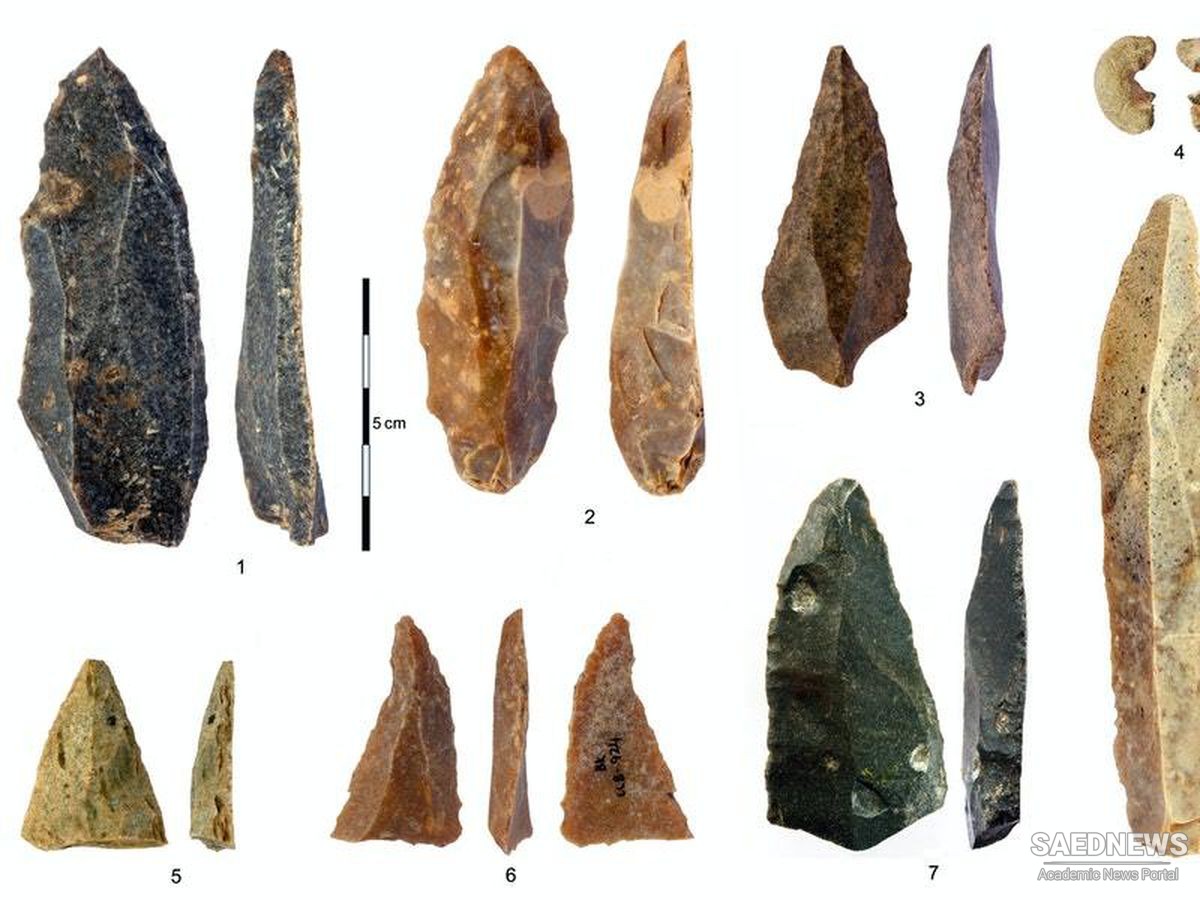All humans today, and throughout historic times, express their ideas in language as well as in artifacts. Could it be possible that the sudden change in the creativity and life of Homo sapiens happened when they learned to talk? If so, then it explains why humans all over the world suddenly began to use symbolic representation and act in creative ways at around the same time: they learned language, symbols, and skills from one another. Cultural evolution, tied for millions of years to biological evolution, was now free to race ahead. Since the sudden emergence of symbolic representation, human culture has never slowed down or ceased to find new and more ingenious ways of doing things. Like Homo erectus before them, Homo sapiens liked to travel. From their original homeland in Africa, they migrated to southwestern Asia 100,000 years ago. They reached South and Southeast Asia and Indonesia 70,000 years ago. By 40,000 years ago, they had settled in western Europe. Between 35,000 and 15,000 years ago, they occupied the steppes of southern Russia and Siberia, a more forbidding landscape. They were now in territory no hominid or other primate had ever inhabited before. They reached New Guinea 40,000 years ago and Australia 5,000 years later, at the very latest, and possibly 10,000 or 15,000 years before that. At the time, the oceans were much lower than they are now, and these two great land masses were joined in a continent we call Sahul. But between Sahul and its nearest neighbor Sunda (which then included Asia and the Indonesian archipelago) stretched 62 miles of open water. In other words, to reach Sahul, the ancestors of today’s New Guineans and Australian aborigines had to build boats large enough for several people, stock them with provisions for a journey of several days, and venture into the unknown. We have no idea what these craft were like, but the very fact that they reached Sahul attests to the ingenuity as well as the courage of these ancient mariners (Source: Technology, A World History).


 Human Evolution and Technological Advancement of Society
Human Evolution and Technological Advancement of Society














































